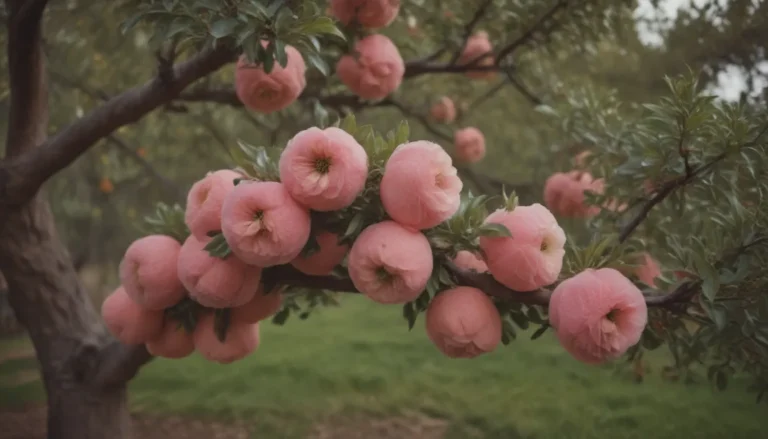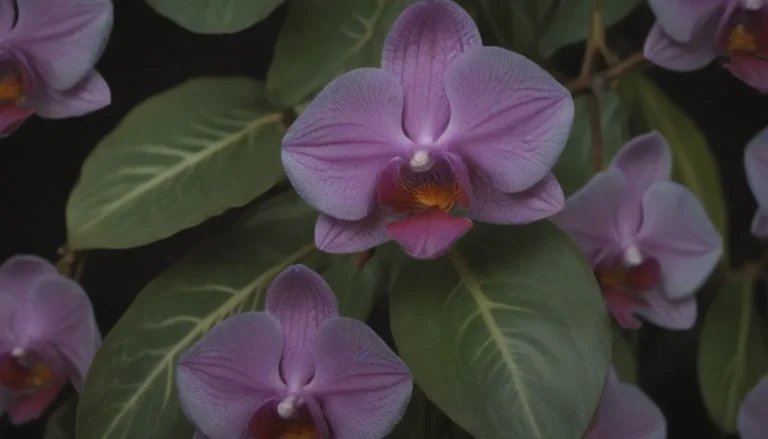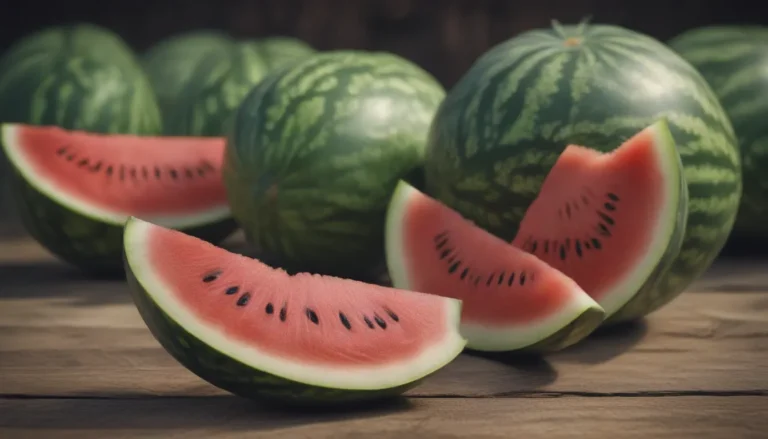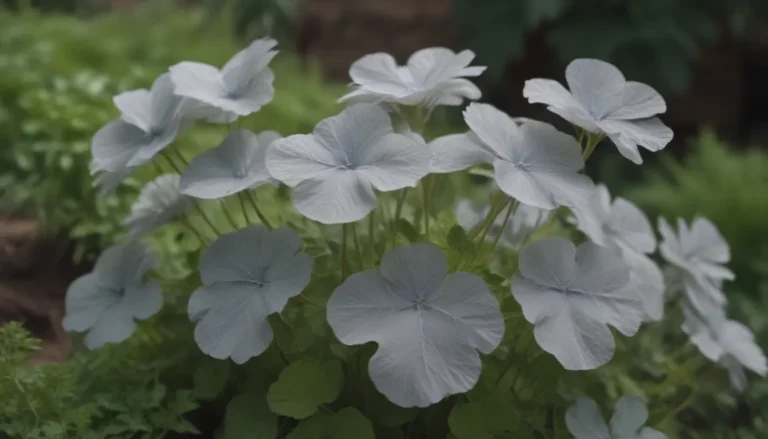How to Grow Delicious Butterhead Lettuce for Your Salad Bowl
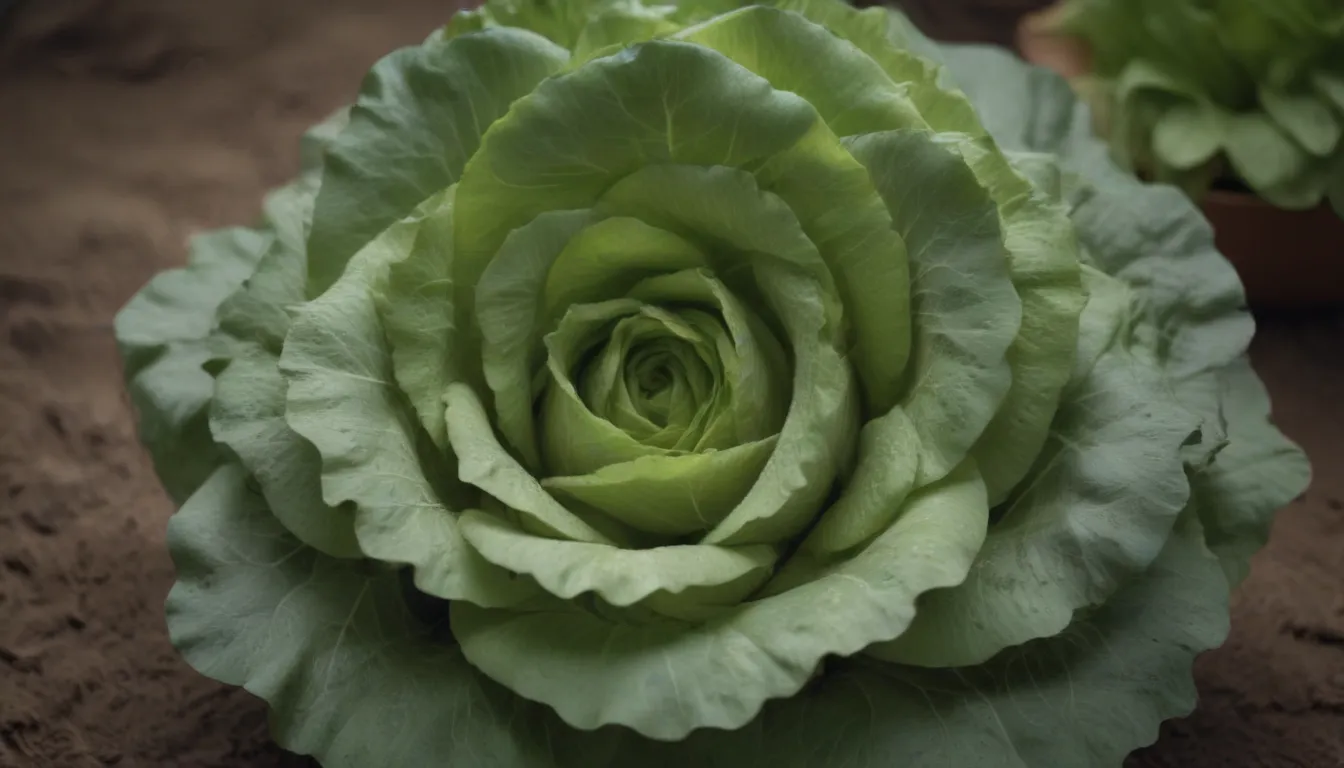
If you’re looking to add a touch of crispness and flavor to your sandwiches and salads, butterhead lettuce might just be the perfect addition. This variety of lettuce features loosely formed heads with a smooth texture and a mild, velvety flavor. Not only does it make a tasty addition to your meals, but it also packs a nutritional punch, being a good source of iron, vitamin A, and vitamin K.
Butterhead lettuce is a cool-season vegetable, making it ideal to plant in the spring. However, depending on your climate, you may also be able to plant it later in the season for a fall harvest. Whether you’re a seasoned gardener or a beginner, growing butterhead lettuce is easy and rewarding, thanks to its quick growth rate.
Planting Your Butterhead Lettuce
When to Plant
To ensure a successful harvest, plant your butterhead lettuce about two to four weeks before your area’s last frost date in the spring. The ideal soil temperature for planting is between 45 and 65 degrees Fahrenheit. You can also plant again in the fall, but make sure there’s enough time for your lettuce to mature before freezing weather sets in.
Choosing the Right Spot
Select a planting site that receives full sun, but is not overly shaded. Ensure that neighboring plants will not block sunlight from reaching your lettuce. The soil should be loose and well-draining. If you’re short on garden space, consider growing your butterhead lettuce in containers.
Spacing and Depth
Lightly press the lettuce seeds into the soil, as they require light to germinate. Space your rows 12 to 15 inches apart and thin seedlings to 8 inches apart. Butterhead lettuce generally does not require support structures.
Caring for Your Butterhead Lettuce
Light
Butterhead lettuce thrives in full sun, with at least six hours of direct sunlight per day. However, it can also tolerate partial shade. In hot climates, provide some afternoon shade to protect it from the intense sun.
Soil
For optimal growth, plant your butterhead lettuce in average to rich, loamy, or slightly sandy soil. Avoid heavy clay or poorly drained soils, as lettuce is susceptible to rot in such conditions. Aim for a slightly acidic to neutral soil pH.
Water
Keep the soil consistently moist from planting until harvest. The ideal soil moisture level is similar to that of a wrung-out sponge.
Temperature and Humidity
Butterhead lettuce prefers cool to moderate temperatures between 45 and 80 degrees Fahrenheit. Prolonged exposure to temperatures above 80 degrees Fahrenheit can cause the lettuce to bolt, affecting its flavor. Adequate air circulation and proper soil moisture help maintain optimal humidity levels.
Fertilizer
To promote leafy growth, use a nitrogen-rich fertilizer, such as blood meal, compost, or organic vegetable fertilizer. Follow the instructions on the fertilizer label for best results.
Types of Butterhead Lettuce
- Buttercrunch
- Boston
- Bibb
- Four Seasons
Butterhead vs. Romaine Lettuce
Butterhead and romaine lettuces share similar growing requirements, but romaine leaves tend to be more elongated. While both types add crispness to salads, romaine has a stronger, more bitter flavor and higher water content compared to butterhead’s mild taste and velvety texture.
Harvesting Your Butterhead Lettuce
Harvesting butterhead lettuce is a flexible process. You can begin harvesting the smallest leaves early on, even when thinning young plants. As the plants grow, continue harvesting the outer leaves as needed, leaving the inner leaves to mature further. Alternatively, you can harvest the entire head by cutting the plant at its base once it reaches maturity. Proper harvesting technique involves picking lettuce in the morning to preserve its fresh, plump texture. Store harvested lettuce in the refrigerator away from ethylene-producing fruits to maintain freshness.
Growing Butterhead Lettuce in Containers
Butterhead lettuce’s compact size and shallow root system make it an excellent candidate for container gardening. Container growth not only allows you to control pests but also adds a decorative touch to your garden. When growing butterhead lettuce in pots, choose a container at least 6 to 8 inches wide and deep, with drainage holes. Spacing for individual plants can be closer in containers compared to the ground. Use a loose, organic vegetable potting mix in unglazed clay containers for optimal growth.
Pruning Tips
Pruning is generally unnecessary for butterhead lettuce. However, promptly remove any damaged leaves that may attract diseases or pests to maintain plant health.
Propagating Butterhead Lettuce
If you’re looking to propagate your lettuce plants, allow them to flower and go to seed. While this process may prevent you from harvesting the entire plant, it allows you to save seeds for future plantings. Propagating butterhead lettuce from seed is straightforward and can be done directly in the garden or indoors.
Common Pests and Diseases
Like any plant, butterhead lettuce is susceptible to various pests and diseases, including aphids, cutworms, powdery mildew, and white mold. It’s essential to monitor your plants regularly and take appropriate measures to control these issues. Removing affected plants and practicing proper garden hygiene can help prevent the spread of pests and diseases.
In conclusion, growing butterhead lettuce is a rewarding experience that offers fresh, crispy leaves for your salads and sandwiches. With proper care and attention to its growing requirements, you can enjoy a bountiful harvest of this nutritious and delicious vegetable. Whether you’re a novice or seasoned gardener, adding butterhead lettuce to your garden will surely elevate your culinary creations.
Remember, the joy of growing your own butterhead lettuce lies in the satisfaction of harvesting and enjoying its flavorful, nutrient-rich leaves straight from your garden to your plate. Let your love for gardening and fresh produce shine through as you nurture your butterhead lettuce plants to a successful harvest. Happy growing!
